Top speed 261 km/h Length 10 m | Wingspan 15 m First flight November 5, 1947 | |
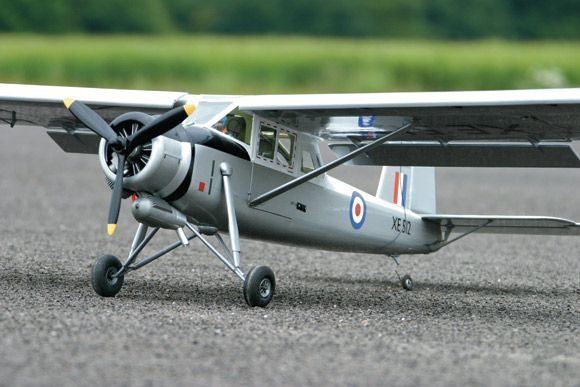 | ||
The Scottish Aviation Pioneer was an STOL aircraft manufactured by Scottish Aviation in Scotland. It was used for casualty evacuation and communications and could accommodate a pilot and up to four passengers.
Contents
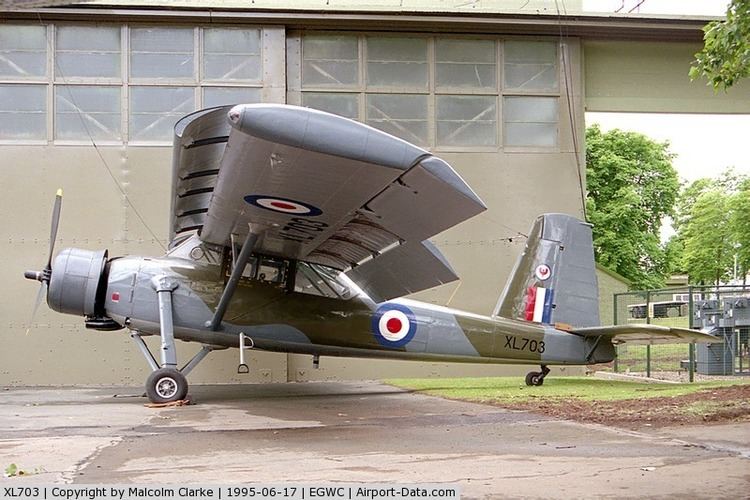
Design and development
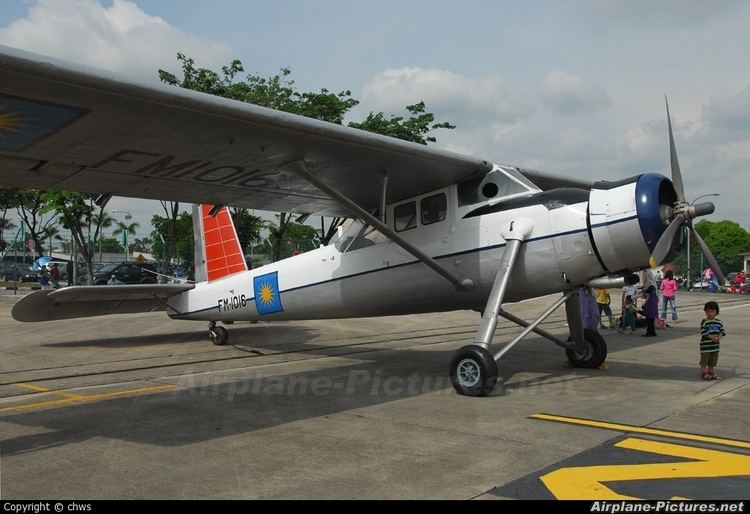
The Pioneer was planned to meet the requirements of Air Ministry Specification A.4/45 for a light communication aircraft. The three-seat prototype A.4/45, powered by a 240 hp de Havilland Gipsy Queen was a three-seat high-wing cabin monoplane. Four prototypes were ordered, under the name "Scottish Aviation Prestwick Pioneer" (Serials VL515, VL516, VL517, and VL518). In the event, only the first two were completed. The prototype aircraft (VL515) first flew in 1947.
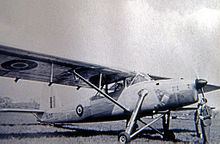
The use of the Gipsy Queen engine resulted in disappointing performance, and so the A.4/45 was not ordered by the RAF. Scottish Aviation decided instead to produce a civil version. This was achieved by fitting the two prototypes (VL515 and VL516) with new, more powerful engines as the "Pioneer II"
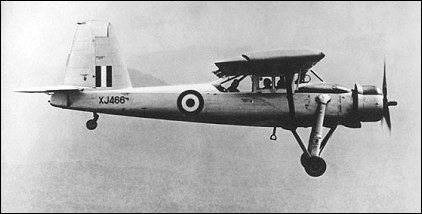
The prototype Pioneer II was the former prototype Pioneer I, (VL515) which was civil registered as G-AKBF. Powered by a 520 hp Alvis Leonides engine, and first flew on 5 May 1950. The second prototype Pioneer I (VL516) was similarly converted, and civil registered as G-ANAZ.. The Pioneer II demonstrated excellent STOL performance, and was ordered by the RAF as the Pioneer CC.1.

Production examples of the Pioneer CC.1 were fitted with full-span controlled leading-edge wing slats and large-area Fowler-type trailing edge flaps, giving a take-off run of 225 feet and a landing run of only 200 feet.

The first Pioneer CC.1 to be delivered to the RAF, on 11 August 1953, was serialled XE512. Ironically, XE512 was essentially the prototype Prestwick Pioneer I from 1947, re-engined with the Alvis Leonides engine, and refurbished for RAF use. (Thus, VL515 became G-AKBZ, and then returned to a military serial as XE512). The next three aircraft delivered (constructors numbers 102, 103 and 104) were likewise the second prototype VL516/G-ANAZ plus the partly completed third and fourth prototypes VL517 and VL518). As XE513, XE514 and XE515 they were delivered on 15 August 1953, 3 September 1953 and 10 February 1954 respectively. Two of these first batch of four are illustrated on this page.
Operational history

The RAF used the Pioneer extensively for tasks such as casualty evacuation in the Malayan Emergency, Aden and Cyprus. With its unusually large slats and flaps, it was able to operate out of very short, unprepared strips and could take off in as little as 225 ft. The Pioneer remained operational in small numbers until 1969. Pioneers were also used by the Royal Ceylon Air Force and the Royal Malayan Air Force.
One of the surviving Pioneers CC.1 has serial number XL703, the third from last aircraft, which was delivered to the RAF on 18 December 1956, and has been preserved by the RAF Museum since October 1968. It has been displayed by the RAF Museum at Cosford since April 1989. There is also another on display in Sri Lanka in the Air Force Museum at Ratmalana, and a further example at the RMAF museum, Kuala Lumpur.
Variants
Operators
Specifications (Pioneer CC.1)
Data from Aircraft of the Royal Air Force
General characteristics
Performance
